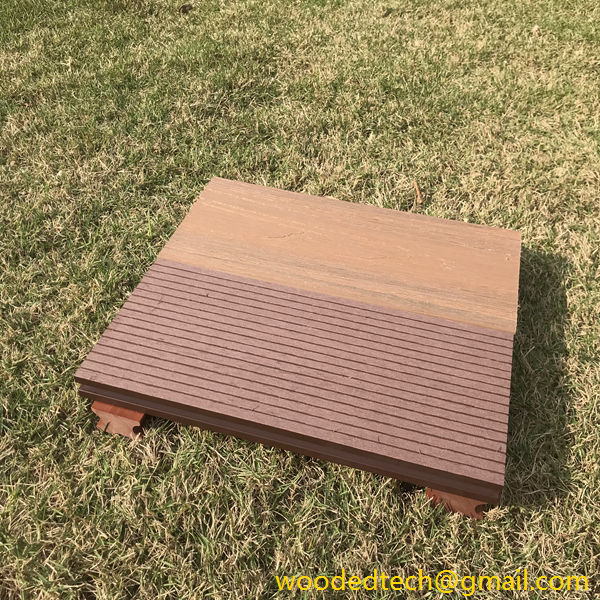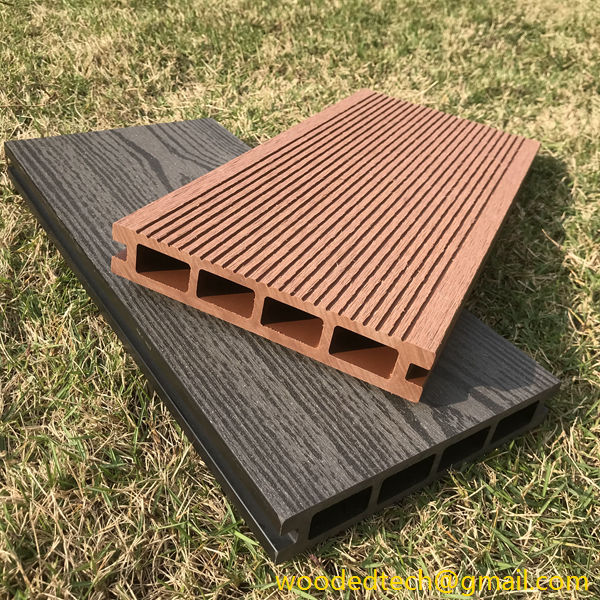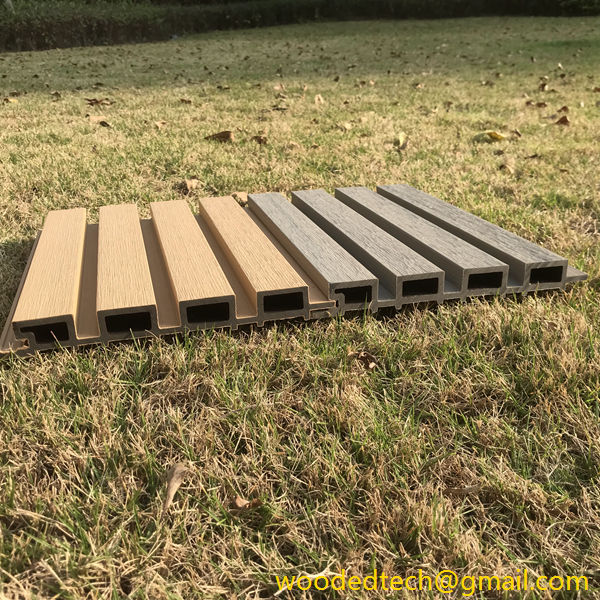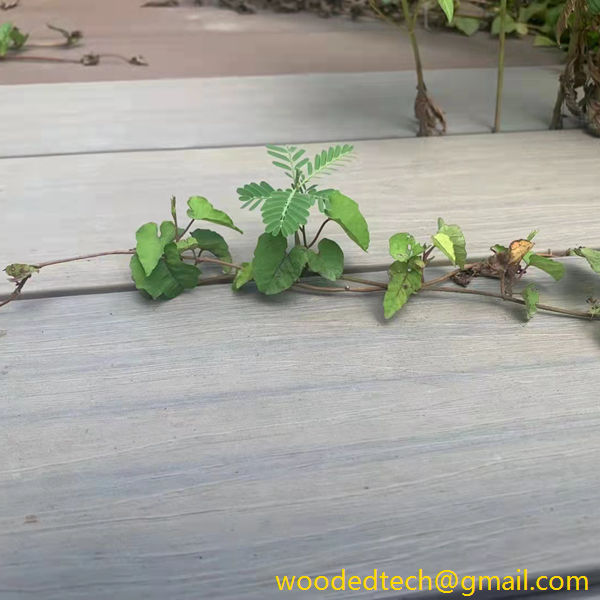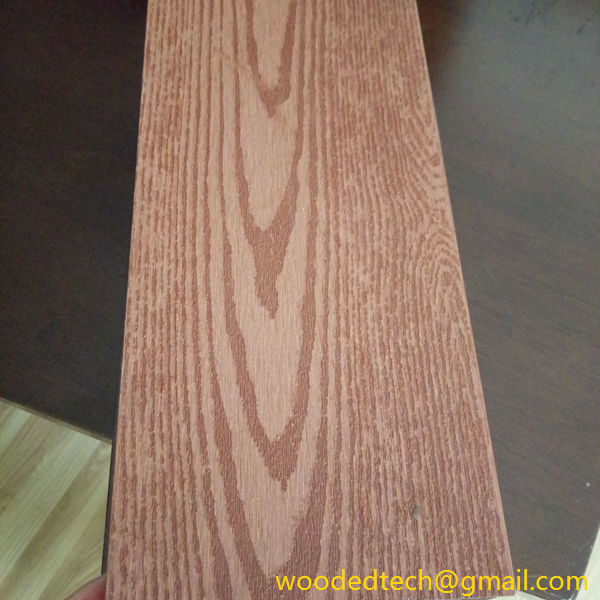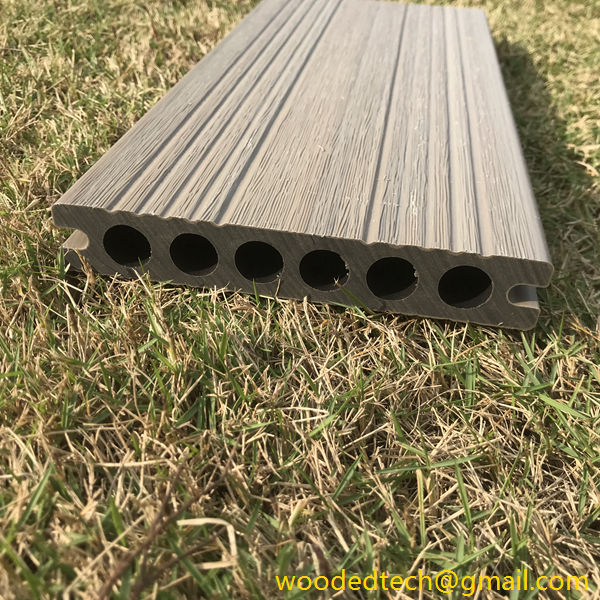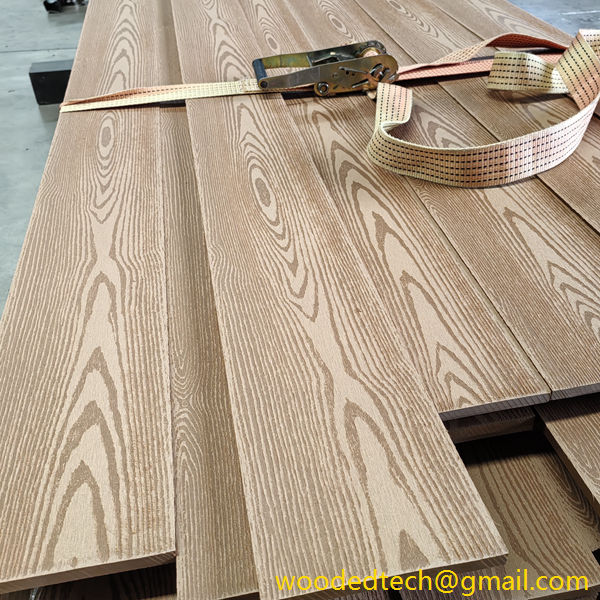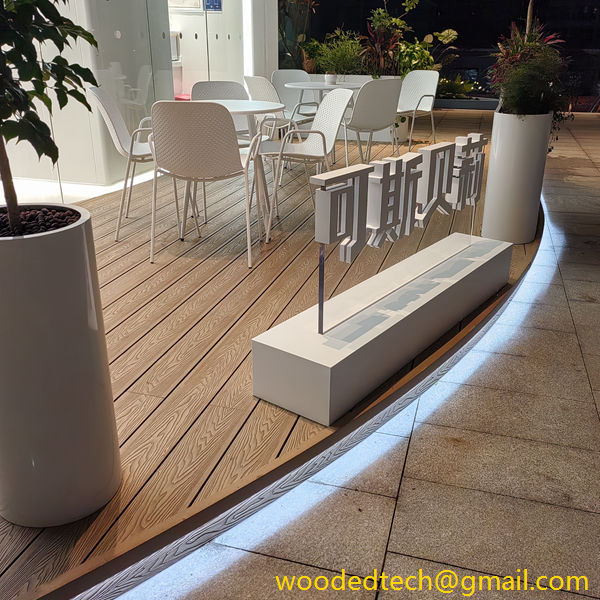WPC Board: Versatile WPC Board Options for Various Construction Needs
WPC Board: Versatile WPC Board Options for Various Construction Needs In the ever-evolving field of construction and design, the materials we choose play a pivotal role in determining the functionality, aesthetics, and sustainability of our projects. One such innovative material that has gained significant traction in recent years is Wood Plastic Composite (WPC) board. This…
WPC Board: Versatile WPC Board Options for Various Construction Needs
In the ever-evolving field of construction and design, the materials we choose play a pivotal role in determining the functionality, aesthetics, and sustainability of our projects. One such innovative material that has gained significant traction in recent years is Wood Plastic Composite (WPC) board. This versatile material, which is a blend of wood fibers and plastic, presents a myriad of options for a variety of construction needs, catering to both residential and commercial applications.
WPC boards are renowned for their durability and resistance to the elements, making them an excellent choice for outdoor projects. Traditional wood can suffer from issues such as rot, warping, and insect infestation, which can compromise its structural integrity over time. In contrast, WPC boards are engineered to withstand these challenges. Their composition allows them to resist moisture and UV radiation, ensuring that they maintain their appearance and performance over many years. This quality makes them particularly suitable for decking, fencing, and landscaping features.
One of the standout features of WPC boards is their aesthetic versatility. They can be manufactured to mimic the look of natural wood, offering the warmth and beauty that many homeowners desire while eliminating the maintenance headaches associated with real wood. Available in a range of colors, textures, and finishes, WPC boards can complement various architectural styles, from modern to rustic. This adaptability allows designers and builders to create cohesive and visually appealing spaces without sacrificing durability.
When it comes to construction applications, WPC boards are not limited to outdoor use. Their strength and resilience make them suitable for a variety of indoor projects as well. For instance, WPC boards can be utilized in the creation of furniture, cabinetry, and flooring. They offer a lightweight yet robust alternative to traditional materials, making them easier to work with during the construction process. Additionally, their resistance to moisture makes them ideal for areas prone to humidity, such as kitchens and bathrooms, where traditional wood might be susceptible to damage.
Sustainability is becoming an increasingly important consideration in construction, and WPC boards deliver on this front as well. Many manufacturers prioritize eco-friendly practices, using recycled materials in their production. This not only reduces waste but also minimizes the carbon footprint associated with sourcing new materials. Furthermore, WPC boards are often free from harmful chemicals and toxins, making them a healthier choice for indoor environments. This alignment with sustainable practices resonates with environmentally conscious consumers and builders alike.
Another significant advantage of WPC boards is their low maintenance requirements. Unlike traditional wood, which requires regular staining, sealing, and painting, WPC boards can be easily cleaned with soap and water. This ease of maintenance makes them a popular choice for busy homeowners and commercial property managers who want to maintain a beautiful appearance without dedicating excessive time and resources to upkeep.
In addition to residential applications, WPC boards are increasingly being used in commercial projects. Their versatility allows for innovative design solutions in various settings, from retail spaces to office environments. For example, WPC boards can be used to create attractive wall paneling, reception desks, and even custom fixtures that enhance the overall aesthetic of a commercial space. The durability of these boards also means they can withstand the high traffic and wear typically associated with commercial environments.
As the demand for WPC boards continues to rise, it is essential for builders and designers to stay informed about the latest advancements in this material. Manufacturers are continually developing new formulations and technologies that enhance the performance of WPC boards, such as improved resistance to scratching and fading. These innovations ensure that WPC remains a competitive option in the construction material market.
Moreover, the installation of WPC boards has become more straightforward with advancements in manufacturing techniques. Many products now come with interlocking systems or pre-grooved designs that facilitate easier assembly. This not only speeds up the installation process but also reduces labor costs, making WPC boards an economically attractive option for various projects.
In conclusion, WPC boards offer a versatile solution for a wide range of construction needs, combining durability, aesthetics, and sustainability. Their ability to mimic natural wood while providing superior performance makes them a favored choice for both indoor and outdoor applications. As builders and designers seek innovative materials that meet modern demands, WPC boards stand out as a practical and stylish option. By understanding the diverse possibilities that WPC boards provide, stakeholders in the construction industry can make informed decisions that benefit both their projects and the environment. Whether for residential or commercial use, the advantages of WPC boards position them as an invaluable asset in contemporary construction practices.

